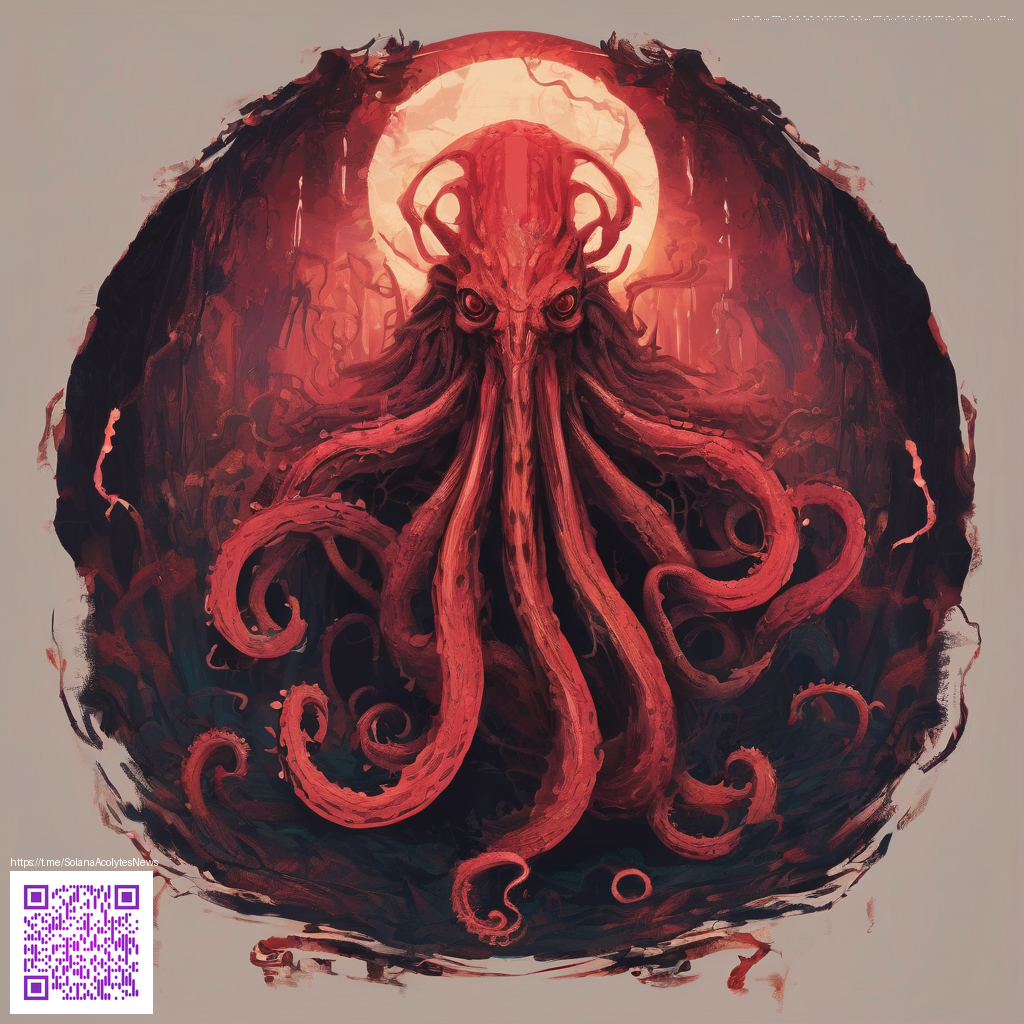
From Tattoo Art to Sellable Digital Templates
In today’s digital marketplace, tattoo-inspired artwork has a natural advantage: bold lines, high-contrast silhouettes, and strong visual rhythm that translate well across formats. Turning those designs into sellable digital templates means designing for flexibility and reuse. The goal isn’t a one-off image but a modular kit that customers can customize—without losing the integrity of the original art. Thoughtful layering, scalable vectors, and well-chosen color systems are the cornerstones of templates that become repeatable revenue, not just a one-time project.
As you plan your first template pack, think about real-world touchpoints that help buyers imagine how the art fits into their projects. For instance, the Rectangular Gaming Mouse Pad Personalised Desk Mat 1.58 mm product page offers a clean, geometric canvas that mirrors how a template might be applied to a physical surface. Using this kind of reference helps you design templates that transfer seamlessly from screen to product and back again. Rectangular Gaming Mouse Pad Personalised Desk Mat 1.58 mm provides a practical context for layout decisions and presentation aesthetics.
What makes a tattoo template pack valuable?
Buyers are looking for assets they can quickly remix. A compelling template pack includes modular line work, scalable shapes, and a color system that can be adapted to different surfaces. Deliverables that sellers commonly provide include:
- Modular vector components (base lines, outlines, shading elements)
- Editable vector files (SVG, AI) for infinite resizing without quality loss
- High-resolution previews (PNG with transparent background) for listings
- Color swatches and gradient presets to spark quick customization
- Layered files that preserve the ability to tweak individual elements
- A short license and usage guide so buyers understand how they can apply the templates
“Templates succeed when they’re not only visually striking but also intuitive to modify, even for non-designers.”
Practical steps to create your first template pack
- Identify a set of tattoo motifs with strong silhouette and rhythm, ensuring they adapt well to various surfaces.
- Vectorize and simplify the line work, separating elements into layers (base line, shading, color fills) to maximize flexibility.
- Establish a cohesive color system with reusable swatches and gradient presets that work across materials—from textiles to plastics.
- Export a complete package: scalable SVGs, layered AI or PSD files, and preview PNGs that clearly show how the design adapts to different products.
- Write a clear license and quick-start guide that demonstrates practical use cases and sets expectations for buyers.
Quality presentation matters. Create realistic mockups and descriptive thumbnails that clearly communicate how the templates translate to merchandise, apparel, prints, and desk accessories. This is where thoughtful packaging—bundles, licensing tiers, and demo files—can make the difference between a casual browser and a confirmed buyer.
Marketing your templates is about clarity and value. Price thoughtfully, offering a standard commercial license with options for extended licenses, bundles, or seasonal collections. Pair your listings with concise usage notes and a short walkthrough video or GIF showing a quick customization workflow. Clear documentation reduces buyer hesitation and speeds up conversions.
Beyond the skin: broader surfaces and opportunities
While tattoo art thrives on skin, the same design principles apply to a wide range of merchandise. Think posters, apparel, phone cases, or desk accessories like the mouse pad mentioned earlier. The disciplined approach—modularity, legibility, and preview-ready assets—helps you scale from one design to a whole catalog with minimal friction.
Similar Content
Related reference page: https://diamond-static.zero-static.xyz/076461f9.html